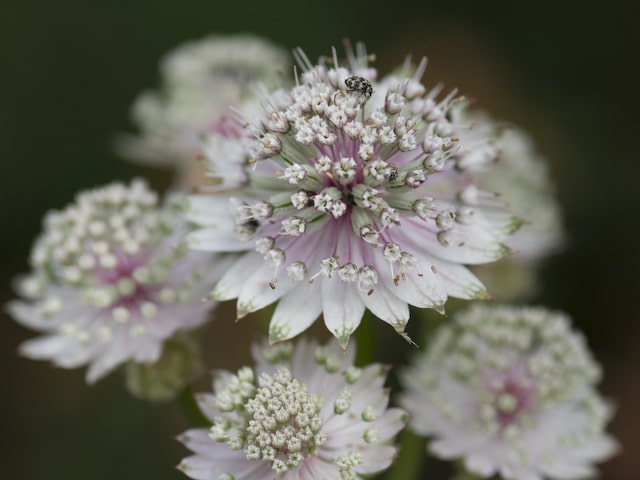
Astrantia, also known as Masterwort, is a plant that is native to central and Eastern Europe. It can easily adapt to many different environments, as long as you give it rich soil, dappled shade and regular moisture. It is famous for its long-lasting blooms that appear in the summer. Butterflies love this plant, and it is known for its beautiful lobed leaves that are topped with colorful flowers. These flowers look really striking in the summer, so Astrantia is often used in flower arrangements. Astrantia is an ideal flowering plant for mixed beds or borders in your garden.
The great news is that it is relatively easy to grow this plant in containers. It is pest-resistant and can look very romantic in every home. Astrantias are known to be resistant to the attack from snails and slugs, so this is an advantage to grow these plants in your garden.
It is an adaptable plant that can be grown in many different conditions. It can even withstand harsh winters in the north and Midwest of the US, but will not do well in the combination of heat and humidity in the south. This is something you need to keep in mind.
Keep in mind that this plant typically flowers from early to mid summer. Some varieties can even produce blooms from early summer to the early fall. To encourage continued bloom production, make sure to remove spent blooms.
Here are the main things you need to provide to your Astrantia plant:
Soil
Astrantia prefers slightly acidic soil, although it can grow in heavy clay soils. Ideally, the soil should be loamy and light rich. It should retain moisture but also drain off standing water. You can add more organic materials such as compost, dried leaves or coffee grounds to improve the soil. One advantage of coffee grounds is to add acidity to the soil, which will make the plant thrive.
When planting Astrantia, make sure to place the crown of the plant 1/2 to 1 inch below the surface of the soil, and spread the roots out and down. Carefully, fill in with loose soil but necer pack it too tightly. You can add mulch to retain moisture even more.
Light
Astrantia plants are adaptable to different lighting conditions. They can grow well in the full sun. Ideally, you should keep it somewhere where it can receive a few hours of morning light but dappled shade through the rest of the day. It is best to plant it in partial sun to dappled shade to make it thrive. Keep in mind that these plants prefer dappled shade. Good spots are under the trees or around shrubs, in a moist border.
Water
You should water your Astrantia regularly and thoroughly. This will help retaining even soil moisture. Keep in mind that this plant cannot survive sustained periods of dry soil.
Additional Tips
Here are some additional tips on Astrantia plant and how to care for it:
- Flowers have starry shape, and they resemble plants such as Sea Thrift or Scabious. However, unlike those, Astrantia is more of a shade-loving plant. Keep this in mind if you wish to grow Astrantia in your garden.
- It is important to plant Astrantia in the right soil. It is a necessary first step to make these plants thrive, so make sure to have a good soil. Humus-rich and moisture-retentive soil works best. Keep in mind that soils that are light or sandy will not retain enough moisture that these plants need. You can use clay soils, but only as long as they don't bake dry during the hot weather.
- Make sure to regularly deadhead your Astrantia plants. Keep in mind that these are self-seeders, so you need to deadhead if you wish to avoid it and to encourage more flowering. You may also snip off flowers before they are finished blooming and you can have an attractive flower display.
- Some darker varieties of Astrantia, such as Hadspen Blood variety, grow better in sunnier spots, so it is important to always check what the growing conditions are for any specific variety that you wish to use.
- Astrantia plants can easily be combined with many different plants. The most effective include: Gillenia trifoliata, Persicaria amplexicaulis, Geums, Dryopteris, Thalictrums, Lysimachia atropurpurea, Melica altissima, Salvias and Sambucus nigra.
Photo credit: Jan Scott
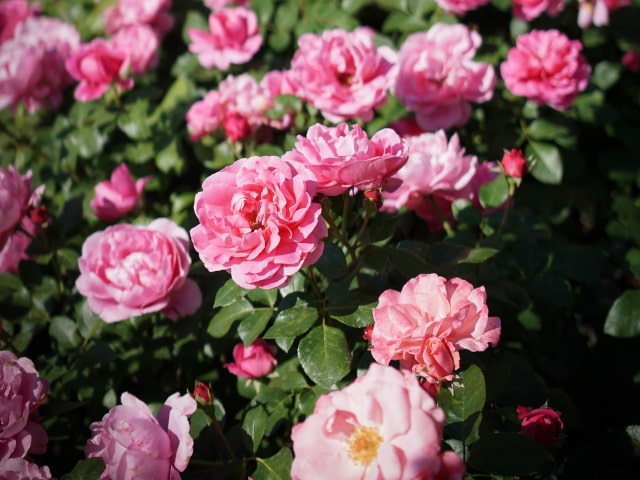
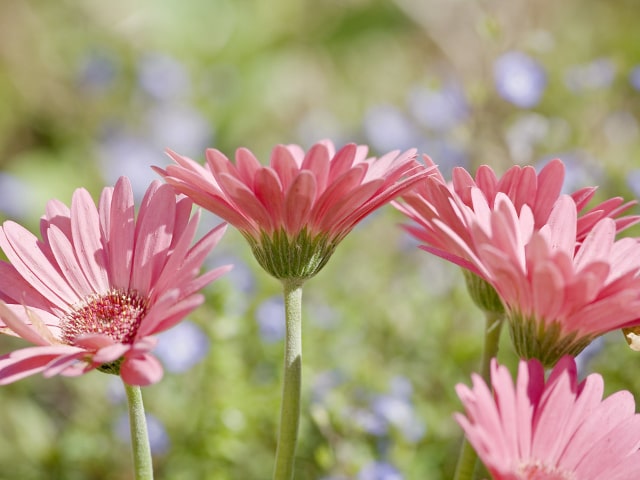
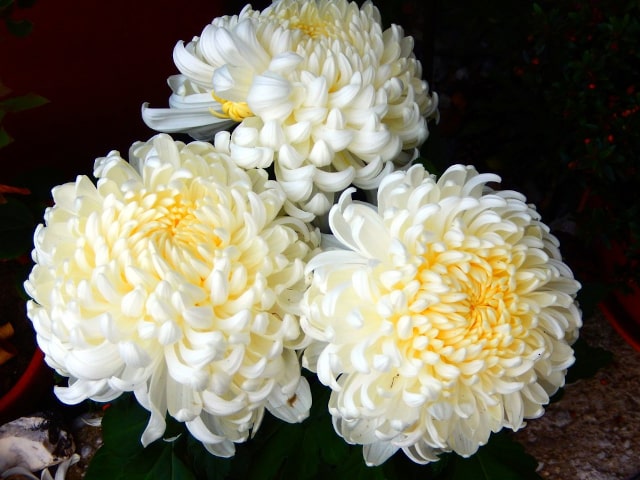
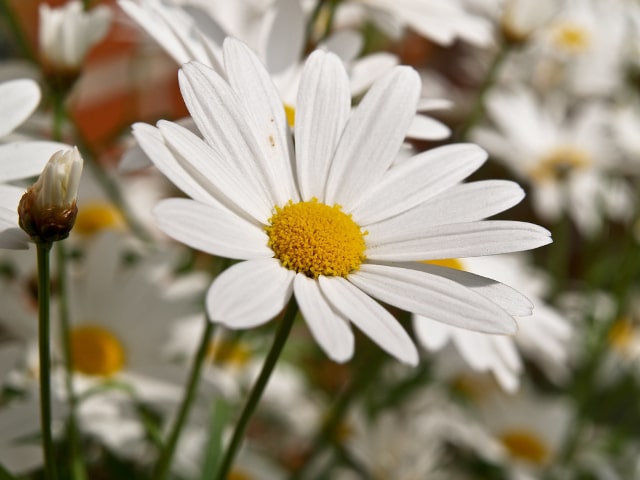
0 Comments